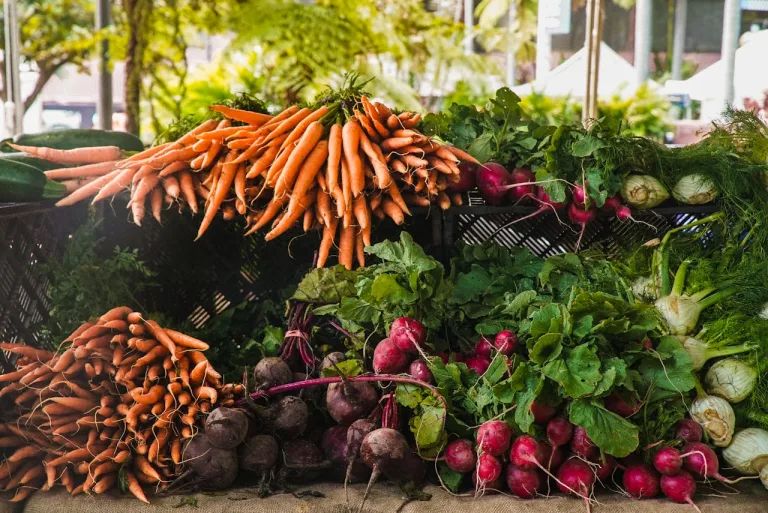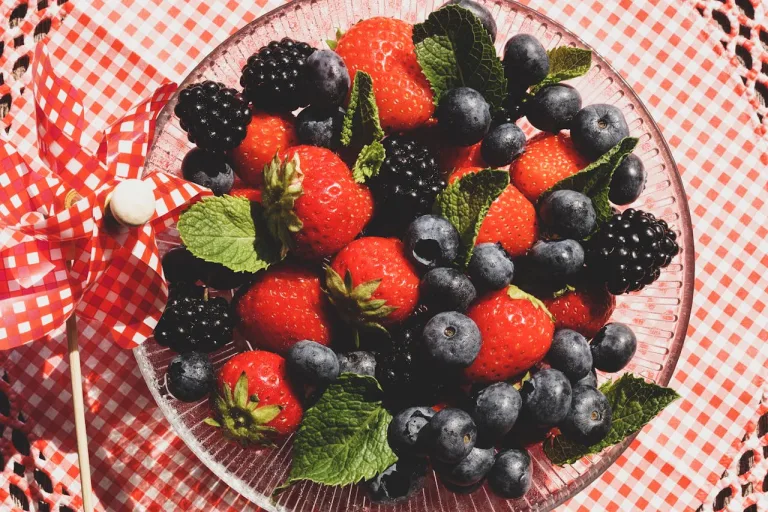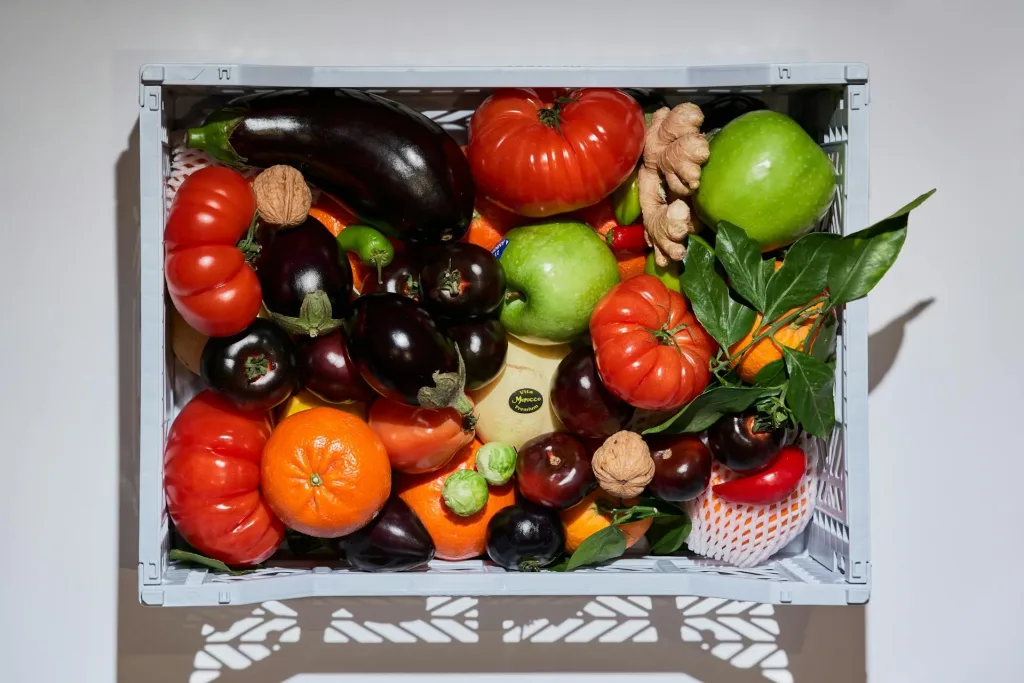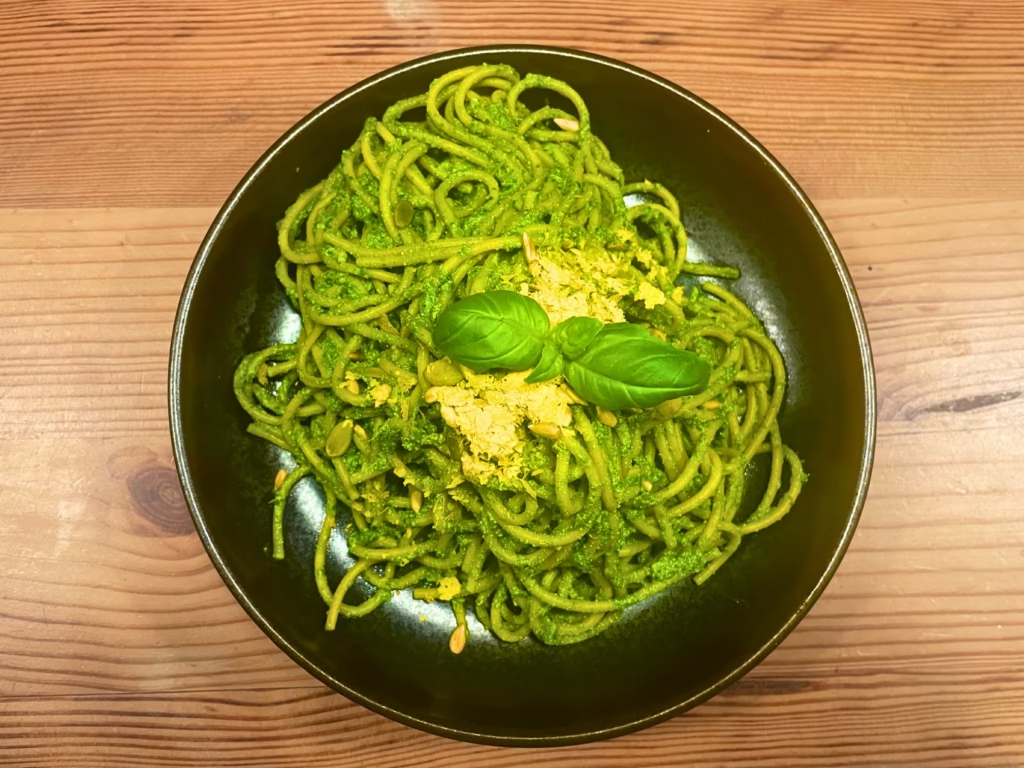We all know we must eat more vegetables and fruit in season to ensure they are fresh and tasty. But if we did not grow up on a farm, how do we know what vegetables and fruit are in season?
I want to start my monthly series on WHAT VEGETABLES AND FRUITS ARE IN SEASON NOW. As it is August at the moment, let’s see what vegetables and fruits are in season in August all around the globe. The central countries that grow and export vegetables and fruits are the USA, UK, Europe, China, Brazil, Spain, India, Australia, Mexico, South Africa, and Argentina.
What Vegetables are in season in August?

UNITED STATES
Tomatoes, cucumbers, zucchini, bell peppers, eggplant, sweet corn, green beans, leafy greens (lettuce, spinach), summer squash.
UNITED KINGDOM
Peas, broad beans, carrots, beets, radishes, lettuce, spinach, broccoli, new potatoes, summer squash, and cucumbers.
EUROPE (GENERAL)
Tomatoes, zucchini, cucumbers, bell peppers, eggplant, leafy greens, beans, carrots, radishes, summer squash, onions.
CHINA
Bok choy, cucumbers, eggplant, bell peppers, tomatoes, zucchini, green beans, spinach, and Chinese cabbage.
BRAZIL
Sweet potatoes, cassava, carrots, pumpkins, green beans, tomatoes, leafy greens, zucchini.
INDIA
Okra, eggplant, cucumbers, tomatoes, green beans, leafy greens, zucchini, onions, bell peppers.
AUSTRALIA
Broccoli, cauliflower, carrots, potatoes, spinach, kale, zucchini, sweet corn, beans.
SPAIN
Tomatoes, peppers, zucchini, eggplant, cucumbers, onions, garlic, lettuce, artichokes, beans.
MEXICO
Tomatoes, chillies, bell peppers, zucchini, cucumbers, green beans, lettuce, onions, cilantro.
SOUTH AFRICA
Sweet potatoes, carrots, cabbage, kale, broccoli, cauliflower, spinach, beans, peas.
ARGENTINA
Potatoes, onions, garlic, tomatoes, bell peppers, pumpkins, carrots, spinach, lettuce.
What Fruit is in season in August?

UNITED STATES
Berries (strawberries, blueberries, raspberries), peaches, plums, cherries, melons (watermelon, cantaloupe), apricots, nectarines.
UNITED KINGDOM
Strawberries, raspberries, blackberries, cherries, gooseberries, plums, currants.
EUROPE (GENERAL)
Berries (strawberries, raspberries, blackberries), cherries, peaches, plums, apricots, melons, figs, grapes.
CHINA
Apples, pears, peaches, nectarines, melons, lychee, longan, cherries, grapes, plums.
BRAZIL
Mangoes, papayas, pineapples, bananas, avocados, passion fruit, guavas, oranges, melons.
INDIA
Mangoes, lychee, guavas, bananas, papayas, pineapples, melons, grapes, peaches, plums.
AUSTRALIA
Oranges, lemons, limes, mandarins, apples, pears, bananas, strawberries, avocados, kiwi.
SPAIN
Peaches, nectarines, cherries, apricots, melons, figs, grapes, plums, strawberries, oranges.
MEXICO
Mangos, pineapples, avocados, papayas, melons, bananas, guavas, limes, strawberries.
SOUTH AFRICA
Apples, pears, oranges, mandarins, lemons, avocados, bananas, grapes, berries.
ARGENTINA
Apples, pears, grapes, plums, peaches, oranges, lemons, strawberries, blueberries.
What Fruits and Vegetables are NOT in season in August?
In August, many fruits and vegetables are at their peak in various regions. However, some are out of season. For variation in your diet, you can enjoy all these fruits and vegetables when they are in season and avoid them in August. Here’s a list of fruits and vegetables that are generally out of season in August in many parts of the world:
Fruits Out of Season in August:
- Pomegranates (typically harvested in the fall)
- Cranberries (harvested in the fall)
- Oranges (most varieties, as peak season is in winter and early spring)
- Grapefruit (similar to oranges, peak season is winter and spring)
- Pears (some early varieties may start appearing late in August, but most are harvested in fall)
- Persimmons (harvested in late fall)
- Kiwi (harvested in late fall to winter)
- Quince (typically harvested in fall)
- Clementines (peak season is winter)
- Grapes (some late-harvest varieties are still available, but many are already harvested by August)
Vegetables Out of Season in August:
- Brussels Sprouts (peak season is in the fall and winter)
- Leeks (primarily harvested in late fall to early spring)
- Winter Squash (harvested in fall)
- Pumpkin (harvested in fall)
- Parsnips (typically harvested in late fall to winter)
- Sweet Potatoes (typically harvested in fall)
- Turnips (harvested in fall to early spring)
- Rutabaga (harvested in late fall to winter)
- Kale (best in fall and winter, though available year-round in some regions)
- Collard Greens (best in cooler seasons, though available year-round in some regions)
- Asparagus (is typically harvested in Spring)
The list can vary depending on the region, agricultural practices, and climate. With temperatures rising each year, the timings of produce are slightly changing. In areas with controlled environments or specific microclimates, these fruits and vegetables may still be available, but generally, they are not in their peak growing season in August.
Why should we eat vegetables and fruit that are in season?
Eating food in season offers several benefits for personal health and the environment. We don’t need to remember all seasonal fruit and vegetables, but it is good to remember this information when shopping.
Benefits of eating seasonally:
1. Better Flavor and Nutritional Value
Flavour: Seasonal fruits and vegetables are harvested at their peak ripeness, which means they are fresher, more flavorful, and have a better texture. When food is picked in season, it often has a richer taste than produce grown out of season and transported long distances.
Nutritional Value: Seasonal produce is often more nutrient-dense because it’s picked at its peak ripeness. Fruits and vegetables grown and harvested in their natural growing season retain more vitamins, minerals, and antioxidants.
2. Good for Environmental
Lower Carbon Footprint: Eating seasonal foods reduces the need for long-distance transportation and storage, both contributing to greenhouse gas emissions. Local, seasonal vegetables and fruit have a smaller carbon footprint.
Reduced Use of Chemicals: Growing food out of season needs more energy, water, pesticides and fertilizers to replicate the conditions that the plant naturally needs.
Sustainable Agriculture: Eating vegetables and fruit in season reduces the need for energy-intensive farming practices like heated greenhouses, which often means that crops are grown more harmoniously with the local environment.
3. More Affordable / Local Farmer support
Lower Prices: When a fruit or vegetable is in season locally, there is usually plenty of it, which drives down the price. Out-of-season produce is more expensive due to production, transportation and storage costs.
Support Local Farmers: Buying seasonal food often means buying locally, which supports local farmers and the local economy. Try buying fresh vegetables and fruit in local farmer’s markets rather than supermarkets.
4. Varied Diet
Encourages Variety: Humans are encouraged to eat food in season. Eating vegetables and fruit in season makes your diet more varied throughout the year, which can provide a broader range of nutrients and help your gut microbiome build new good bacteria. It also allows you to explore different fruits and vegetables and create new dishes.
To Summarise:
Eating food in season is a simple way to enhance your diet, support the environment, and promote sustainable food systems.
As a digital nomad, I love travelling and trying new foods in season. I was lucky to live in Spain this spring and tried some fantastic seasonal food, such as artichokes, spring onions, and loquat fruit, which was delicious and unique in flavour. Spending summer in Lithuania, I love eating tomatoes, cucumbers, berries, mushrooms, leafy greens and other fruits and vegetables that are in season.
What is your favourite fruit or vegetable in your country in season?
If you like learning about nutritious food, read 20 AFFORDABLE SUPERFOODS & THEIR SCIENCE-PROVED BENEFITS.
You can also head to NUTRITION SECTION in the Barefoot Basil website.
Silvija Meilunaite, PN1-NC, CSMC, is a certified nutrition and menopause coaching specialist, and a writer in the nutrition and self-improvement field. She explores science-based approaches to holistic health and plant-based nutrition, with a strong focus on researching clean, non-toxic products that support long-term well-being.
- S. Meilunaitehttps://barefootbasil.com/author/silvootegmail-com/
- S. Meilunaitehttps://barefootbasil.com/author/silvootegmail-com/
- S. Meilunaitehttps://barefootbasil.com/author/silvootegmail-com/
- S. Meilunaitehttps://barefootbasil.com/author/silvootegmail-com/




